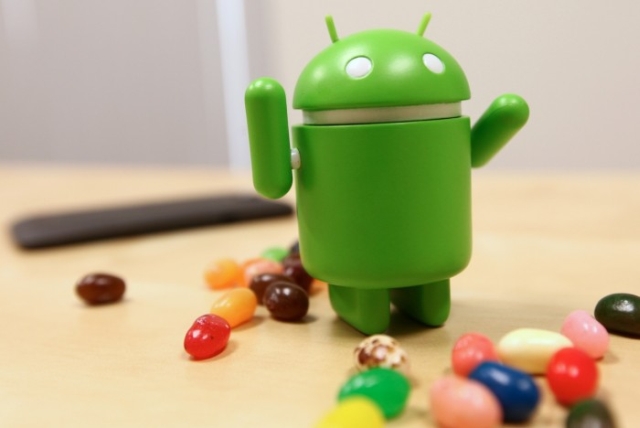
The official arrival of Android 4.3 Jellybean has given rise to a large number of experts from the technological scene immersing themselves in its entrails with the aim of breaking it down to the smallest expression and being able to get to know it as well as possible. Among some of the many details that are being brought to light, is the fact that the latest version of the operating system of Google have support for the 4K resolution - also known as Super High Definition - which could pave the way for the future arrival of screens that leave behind the 1080p.
As almost always those responsible for dismembering the little green android are the boys from AndroidPolice, which have revealed to us as among the multiple resolutions for which it is prepared Android 4.3 there is also a new and a priori mysterious resolution called by the operating system itself as XXXHDPI.
So that we can get an idea, there are Android devices with very many and very different screen resolutions as, for example, the 128 by 128 pixels of the screens of small smart watches or the 2560 by 1600 of tablet screens such as the Google Nexus 10. To serve all of them and for each screen to receive the corresponding image files - it would not make sense for a low resolution screen to receive images optimized for another FullHD - Android has several DPI categories - dots per inch or dpi in Spanish - each one coincides with a series of DPI on the screen of the devices.
In this way and as an example, we can find that there is a category LDPI - low number of dpi - which corresponds to 120 dots per inch, another 'High DPI' or PAP that would encompass the terminals with screens that work with 240 dpi as the Google Nexus S and even an 'Extra Extra High DPI' or XXHDPI in which we would find the 480 dpi of screens like the one in HTC One. Taking into account this explanation, we are already clear from where that XXXHDPI truth? We are talking, therefore, of screens with a number of dots per screen of 640.
Up to this point everything is clear, can we therefore say that Android is prepared for a hypothetical arrival of extra large screens? In principle, yes, but if we stick to the words of one of Google's operating system engineers, Dianne Hackborn, who has detailed that usually the XXXHDPI density “would be for televisions with 4K resolution de 3840 by 2160 pixels, which is twice the traditional 1920 by 1080 HD screen; we will have to be aware that Android is ready for 4K televisions. That's all news in itself, right?

